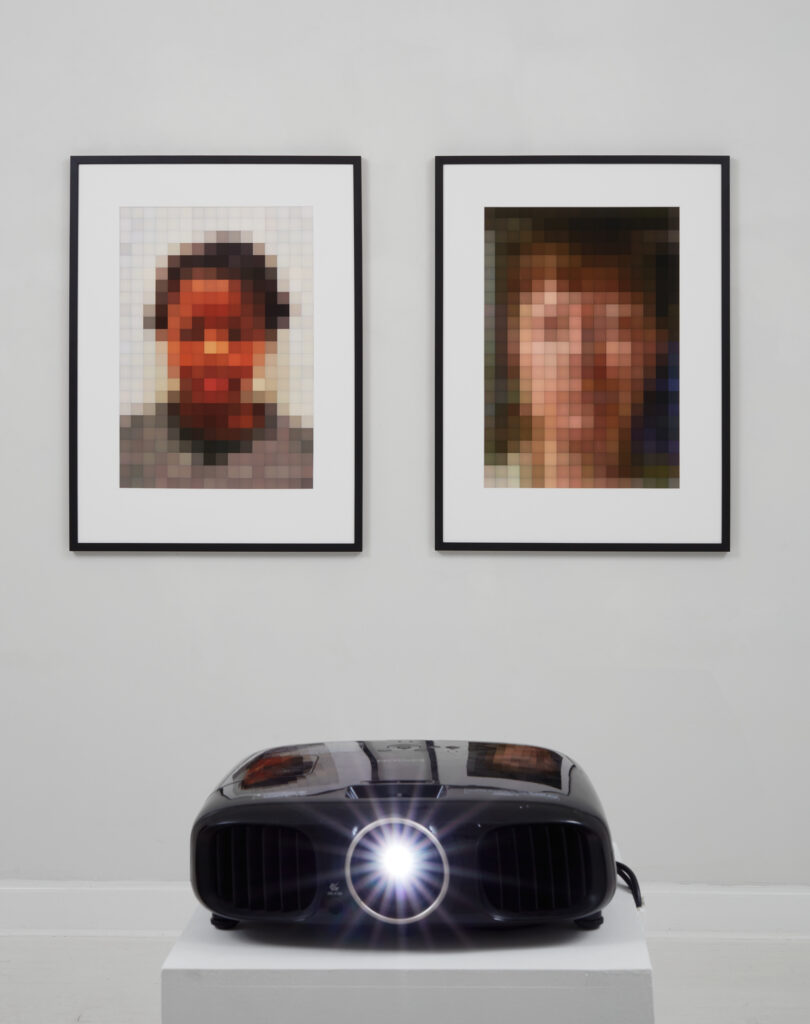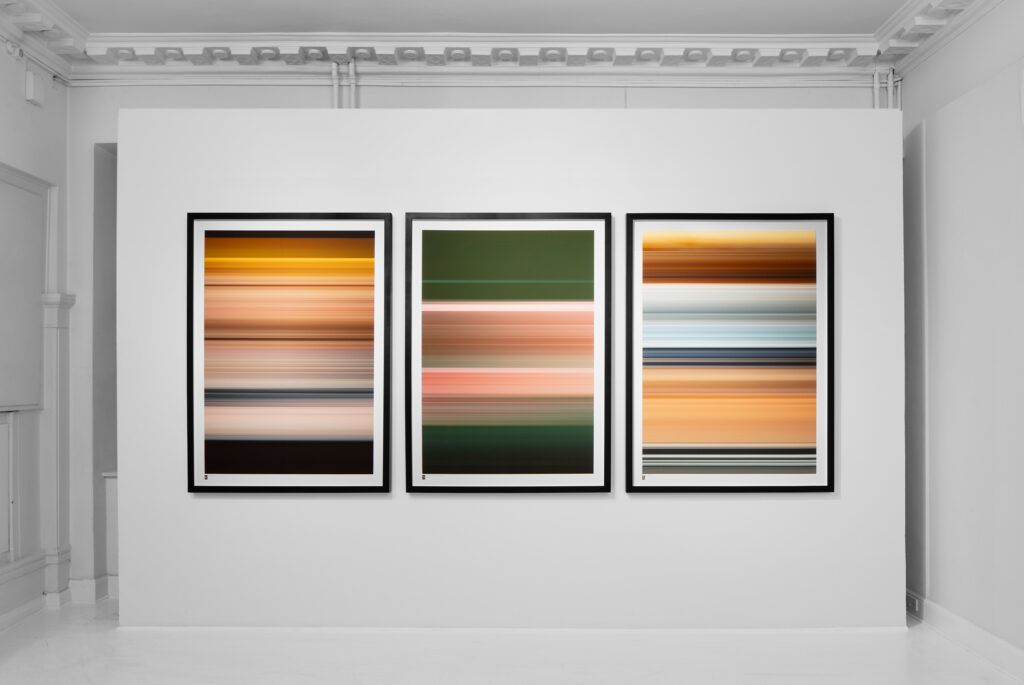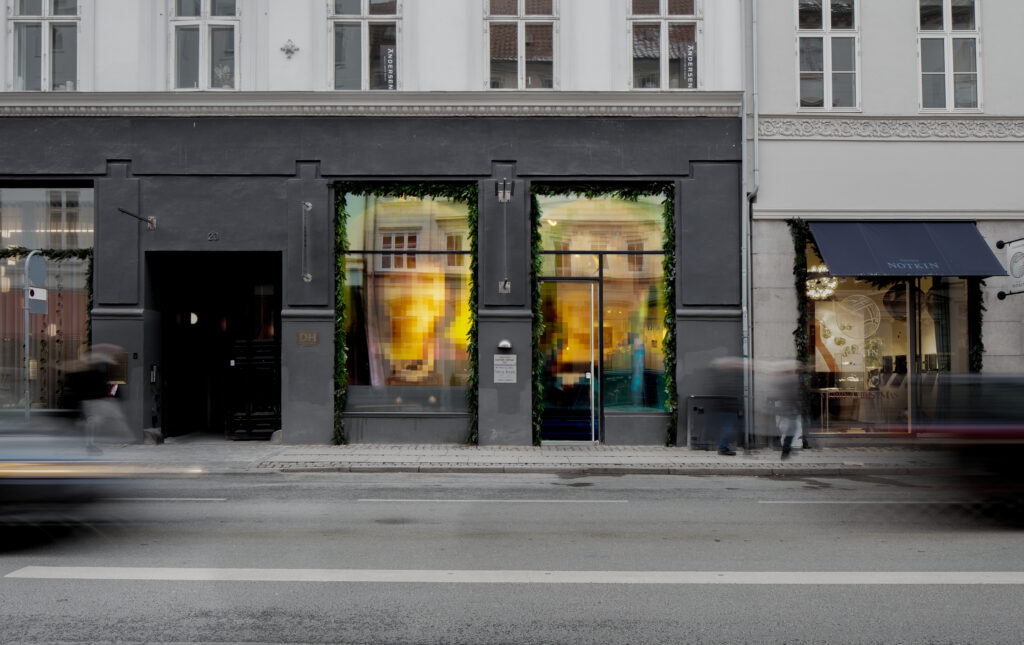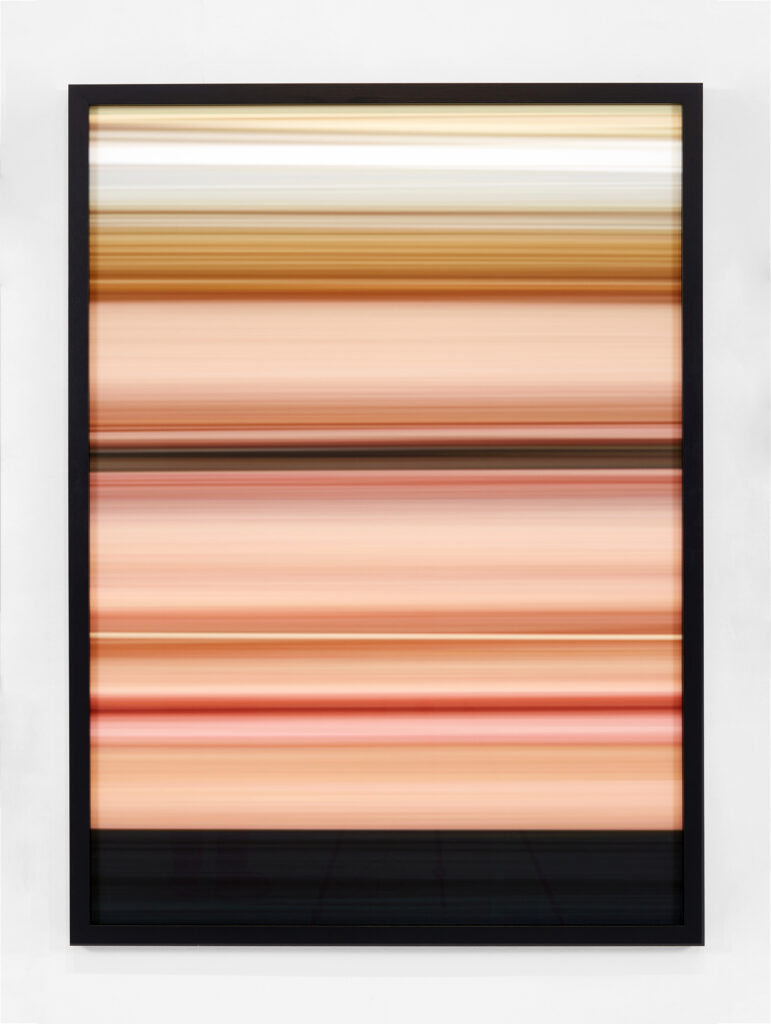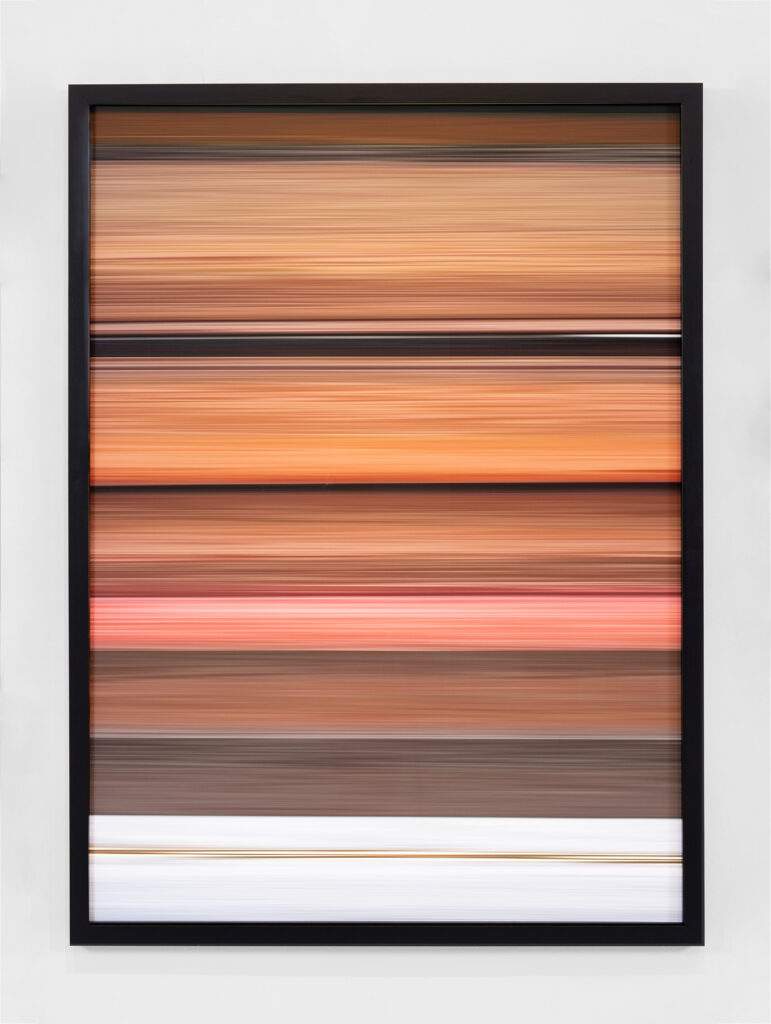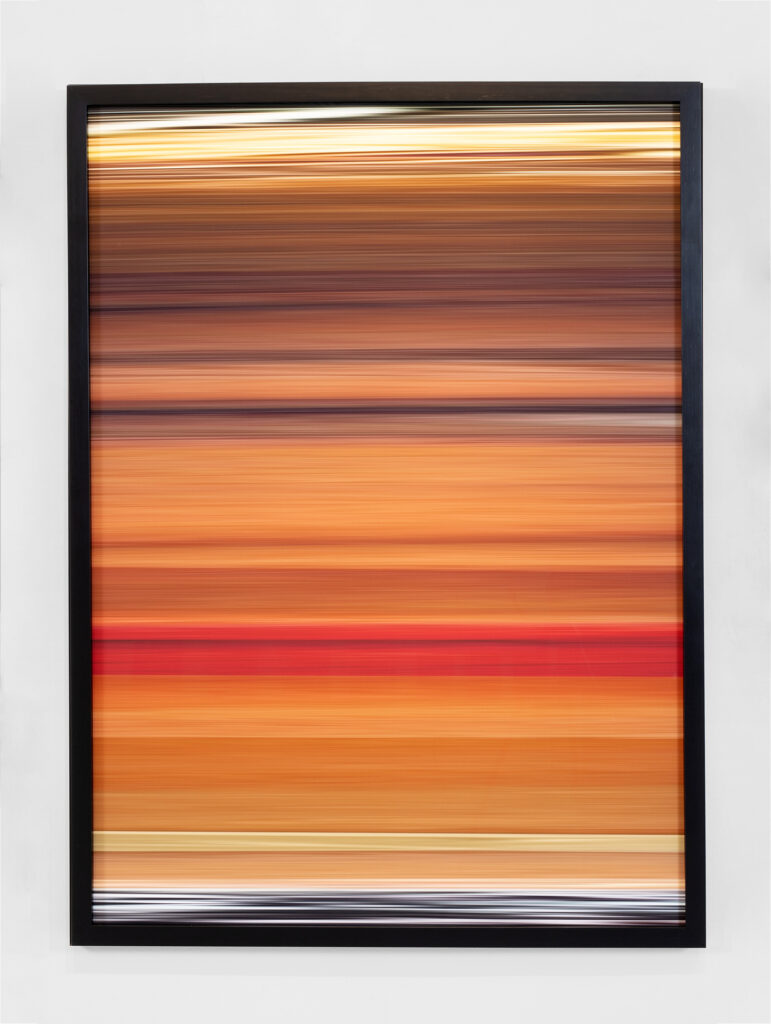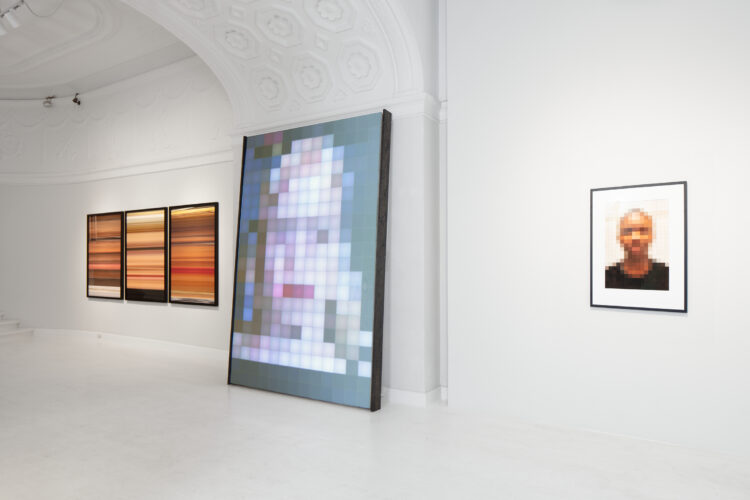
Who’s Afraid of Face Recognition?
Martin Asbæk Gallery is proud to present the exhibition “Who’s Afraid of Face Recognition?” by Niels Bonde, a pioneer within digital art in Denmark. As a result of the large-scale mosaic on the gallery’s windows, the space inside shimmers as a jewel, or maybe more specifically as a flickering screen.

The artist’s interest in light and color is evident from the get-go, but the exhibition is also in many ways a logic extension of the artist’s earlier work using hacking as a strategy in the early 90s as well as his work with surveillance when it was still considered a science fiction. Now, Bonde critically examines face recognition as yet another type of surveillance through a number of pixelated, low-res images and portraits.
The technology behind face recognition is able to match a human face from a digital image or video against a database of faces, and Bonde compares this to phrenology, an influential discipline in the 19th century, in which the confirmation of the skull was believed to be indicative of specific character traits.
Not unlike the father of phrenology, Dr. Gall, scientists at the Jiao Tong University in Shanghai have recently been working on an algorithm, which they claim can, with an accuracy of 90 %, predict if a person is a convicted criminal or delinquent. This transfer of power to algorithmic judgment does not only compromise our legal rights, it has the potential to impact our lives on both a personal, social, and institutional level.
We are living in the future, in a time, where face recognition, combined with data collection and machine learning, is not only omnipresent, but has become a cyberphrenology, to which Bonde asks: Can we learn from historical precedents and extrapolate this knowledge into a prediction of the future?
And so, who wouldn’t be afraid of face recognition? There is a general trust in the objectivity of data over our own human perception. In Bonde’s work, the formal and representative aspect of the photographic image is dissolved into sensations of color, a digital impressionism, where the relationship between the color fields is so unique and precise that individuals can be classified based on very little information.
By Patricia Breinholm Bertram, Martin Asbæk Gallery.

Male 51
Anger 0 Disgust 0 Fear 20,65 Happiness 33,86 Sadness 0
Surprise 4,46 Neutral 10,27
Unique. 2021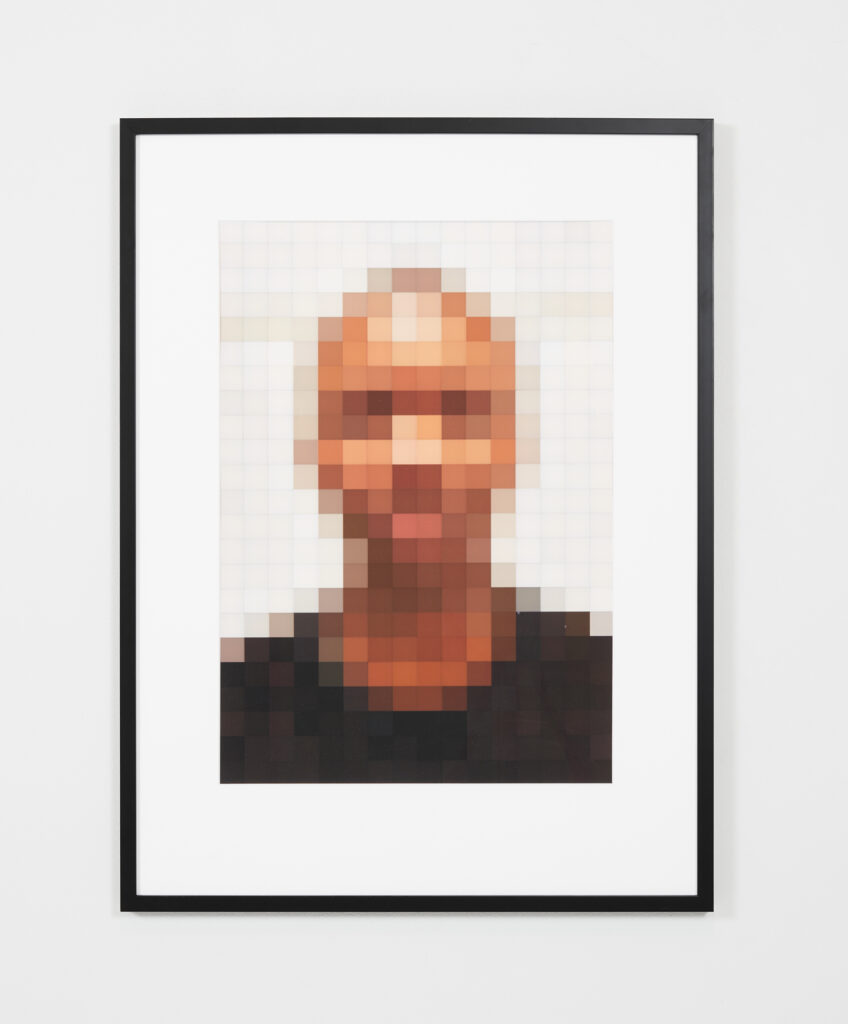
Male 16
Anger 0 Disgust 0 Fear 0,10 Happiness 47,68 Sadness 28,59 Surprise 0,54 Neutral 50,55
Unique. 2021
Female 26
Anger 15,48 Disgust 0,38 Fear 0 Happiness 0 Sadness 39,46
Surprise 0 Neutral 32,54
Unique. 2023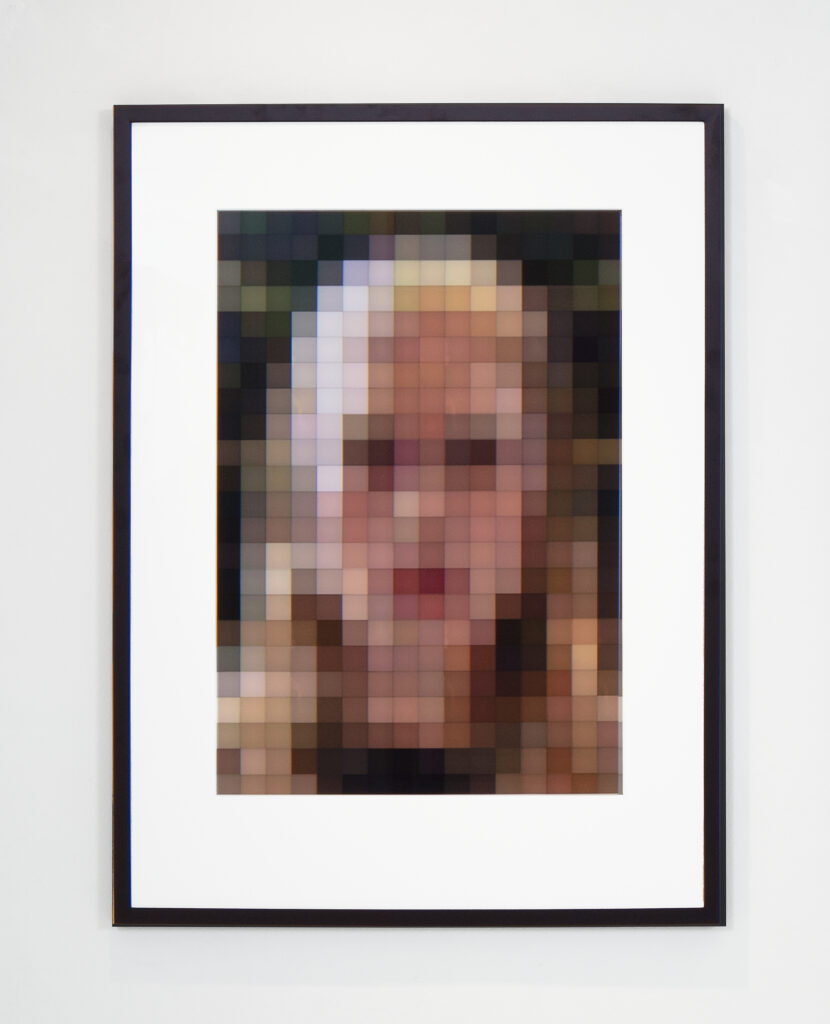
Female 20
Anger 67,58 Disgust 0,31 Fear 0 Happiness 0
Sadness 0 Surprise 12,53 Neutral 12,96
Unique. 2023
